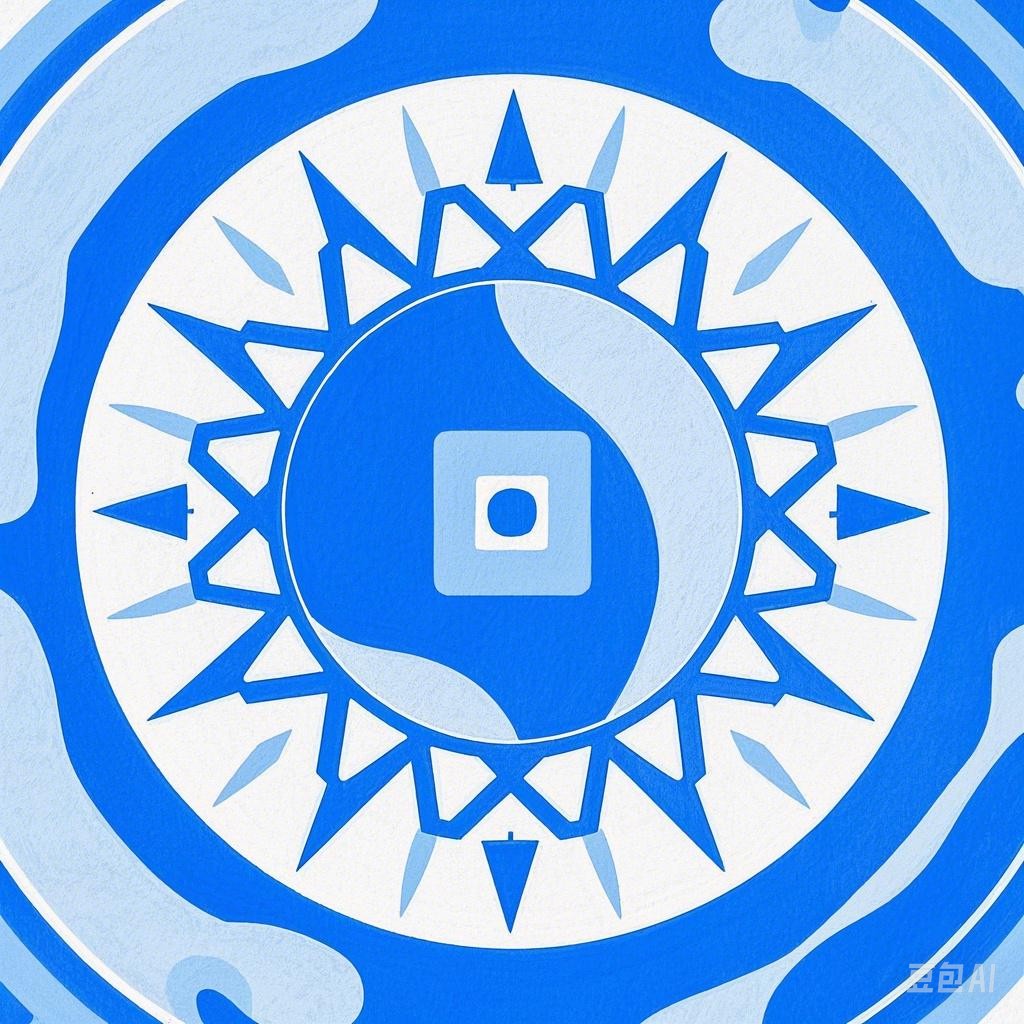Introduction
China, with its rich cultural heritage, boasts a variety of festivals that reflect its deep historical roots and traditional values. Each festival has its unique customs, rituals, and significance, making them a fascinating subject for exploration. This guide aims to provide an overview of some of the most celebrated festivals in China, offering insights into their origins, customs, and cultural importance.
Spring Festival (Chinese New Year)
Overview
The Spring Festival, also known as Chinese New Year, is the most important and widely celebrated festival in China. It marks the beginning of the lunar new year and typically falls between January 21 and February 20.
Origins and Customs
The festival originated from ancient agricultural practices and is associated with the worship of gods and ancestors. Today, it is a time for family reunions, feasts, and the exchange of red envelopes containing money.
Key Activities
- Red Decorations: Homes are adorned with red lanterns, couplets, and paper cuttings.
- Feast: A traditional reunion dinner is held, often featuring fish, dumplings, and other festive dishes.
- Fireworks and Firecrackers: These are set off to ward off evil spirits and bring good luck.
Significance
The Spring Festival symbolizes renewal, prosperity, and the continuation of family lineage.
Lantern Festival
Overview
The Lantern Festival, also known as Yuanxiao Festival, is held on the 15th day of the first lunar month. It marks the end of the New Year celebrations and is a time for families to gather and enjoy lantern displays.
Origins and Customs
The festival dates back to the Eastern Han Dynasty and is associated with the worship of the deity of agriculture. It is characterized by lantern shows, dragon and lion dances, and the consumption of sweet rice balls called “tangyuan.”
Key Activities
- Lantern Display: Various shapes and sizes of lanterns are displayed in public spaces.
- Dragon and Lion Dances: These traditional dances are performed to bring good luck and prosperity.
- Tangyuan: These sweet rice balls are eaten as a symbol of unity and completeness.
Significance
The Lantern Festival symbolizes light overcoming darkness and good fortune.
Dragon Boat Festival
Overview
The Dragon Boat Festival is celebrated on the 5th day of the 5th lunar month and commemorates the poet Qu Yuan, who drowned himself in the Miluo River in protest against corruption.
Origins and Customs
The festival involves dragon boat races, eating zongzi (sticky rice dumplings), and hanging calamus leaves and cinnamon twigs around homes.
Key Activities
- Dragon Boat Races: Teams of rowers compete in long boats adorned with dragon heads and tails.
- Zongzi: These sticky rice dumplings are filled with ingredients like pork, bean paste, or red bean paste.
- Calamus Leaves and Cinnamon Twigs: These are believed to ward off evil spirits and insects.
Significance
The Dragon Boat Festival symbolizes bravery, loyalty, and the pursuit of truth.
Mid-Autumn Festival
Overview
The Mid-Autumn Festival is celebrated on the 15th day of the 8th lunar month and is a time for family reunions and moon观赏.
Origins and Customs
The festival dates back to the Tang Dynasty and is associated with the moon goddess Chang’e. It is characterized by mooncakes, lanterns, and the sharing of stories and tales.
Key Activities
- Mooncakes: These round pastries are filled with various ingredients like lotus seed paste or red bean paste.
- Lanterns: Homes are adorned with lanterns in various shapes and sizes.
- Moon Viewing: Families gather to admire the full moon and share stories and tales.
Significance
The Mid-Autumn Festival symbolizes harmony, unity, and the appreciation of nature.
Conclusion
Chinese festivals are a testament to the country’s rich cultural heritage and its deep connection to nature and tradition. By exploring these festivals, we gain a better understanding of Chinese culture and its values.
